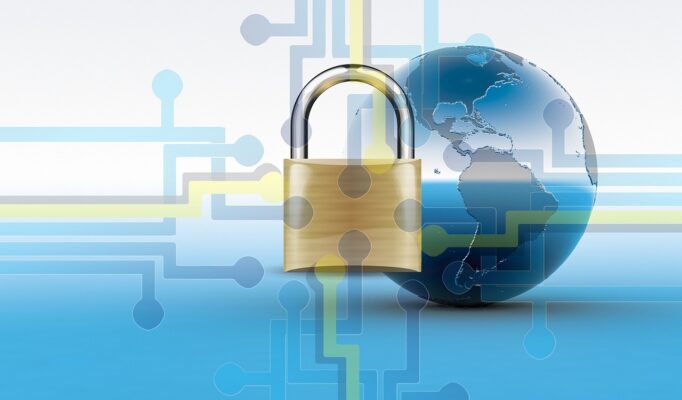Cybersecurity: Challenges and Solutions in Cybersecurity
In an era dominated by digital transformation, cybersecurity has emerged as a critical concern for individuals, businesses, and governments alike. As cyber threats evolve in sophistication and frequency, protecting sensitive information and maintaining the integrity of systems has become increasingly challenging. This article explores the key challenges in cybersecurity and the solutions being implemented to combat these threats.
Challenges in Cybersecurity
1. Advanced Persistent Threats (APTs): APTs are prolonged and targeted cyber attacks aimed at stealing data or surveilling activities without being detected. These threats often involve sophisticated tactics and are difficult to combat with traditional security measures.
2. Ransomware: Ransomware attacks, where malicious software encrypts a victim’s data and demands payment for its release, have become more prevalent. These attacks can cripple businesses, leading to significant financial and reputational damage.
3. Phishing Attacks: Phishing remains a common method for cybercriminals to steal sensitive information. These attacks use deceptive emails or websites to trick individuals into providing personal data, such as passwords or credit card numbers.
4. Insider Threats: Employees, whether intentionally or unintentionally, can pose significant cybersecurity risks. Insider threats can result from malicious intent or simple negligence, making it challenging to monitor and prevent such breaches.
5. IoT Vulnerabilities: The proliferation of Internet of Things (IoT) devices has expanded the attack surface for cybercriminals. Many IoT devices lack robust security measures, making them easy targets for hackers.
6. Lack of Skilled Professionals: There is a growing shortage of cybersecurity professionals, leaving many organizations without the expertise needed to effectively defend against cyber threats.
Solutions in Cybersecurity
1. Advanced Threat Detection and Response: Implementing advanced threat detection systems, such as Intrusion Detection Systems (IDS) and Intrusion Prevention Systems (IPS), can help identify and mitigate threats in real-time. These systems use machine learning and artificial intelligence to detect anomalies and respond swiftly.
2. Employee Training and Awareness: Regular training programs can educate employees about the latest phishing tactics and best practices for cybersecurity. Creating a culture of security awareness can significantly reduce the risk of insider threats and human error.
3. Multi-Factor Authentication (MFA): MFA adds an extra layer of security by requiring multiple forms of verification before granting access to sensitive information. This makes it more difficult for cybercriminals to gain unauthorized access.
4. Endpoint Security: Securing endpoints, such as laptops, smartphones, and IoT devices, is crucial for protecting against cyber attacks. Implementing robust endpoint security solutions can help detect and prevent threats at the device level.
5. Regular Software Updates and Patch Management: Keeping software and systems up to date with the latest security patches is essential for protecting against known vulnerabilities. Automated patch management systems can help ensure timely updates.
6. Cybersecurity Frameworks and Compliance: Adopting cybersecurity frameworks, such as the NIST Cybersecurity Framework or ISO 27001, can provide organizations with structured guidelines for managing and reducing cyber risk. Compliance with these frameworks helps ensure that security measures are comprehensive and effective.
7. Cybersecurity Insurance: Cybersecurity insurance can provide financial protection against the costs associated with cyber attacks. While it is not a substitute for robust security measures, it can help mitigate the financial impact of a breach.
Conclusion
As cyber threats continue to evolve, the importance of cybersecurity cannot be overstated. Organizations must adopt a multi-faceted approach to address the myriad challenges they face. By implementing advanced security measures, fostering a culture of awareness, and staying vigilant, businesses and individuals can better protect themselves in the ever-changing landscape of cybersecurity. The key to effective cybersecurity lies in proactive measures, continuous learning, and a commitment to staying ahead of potential threats.





